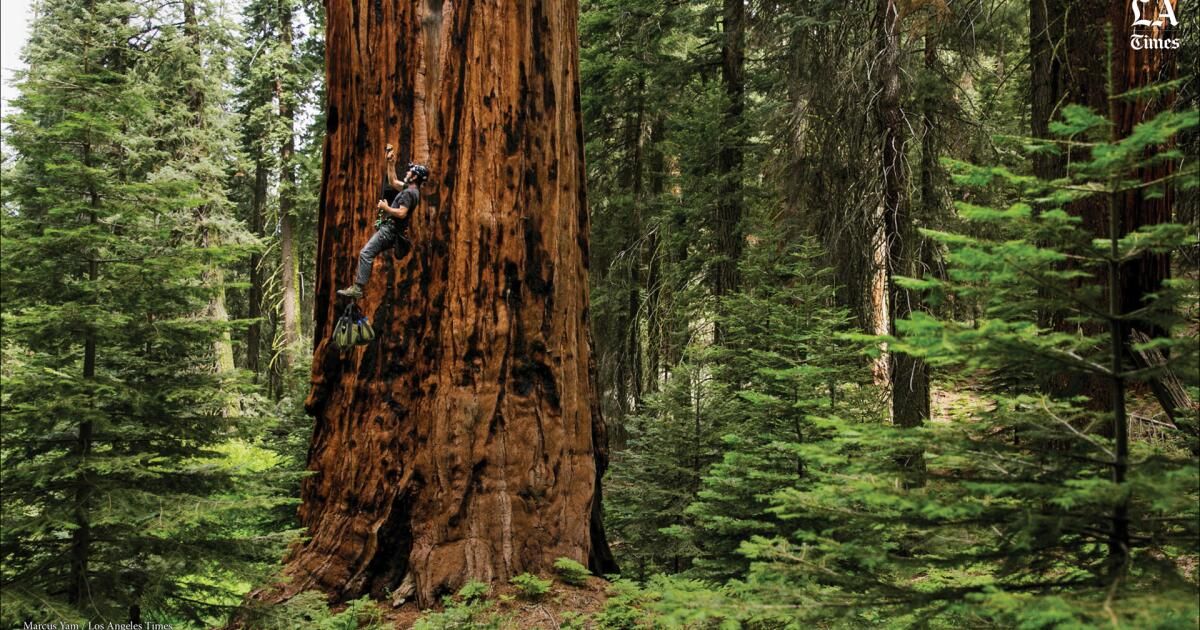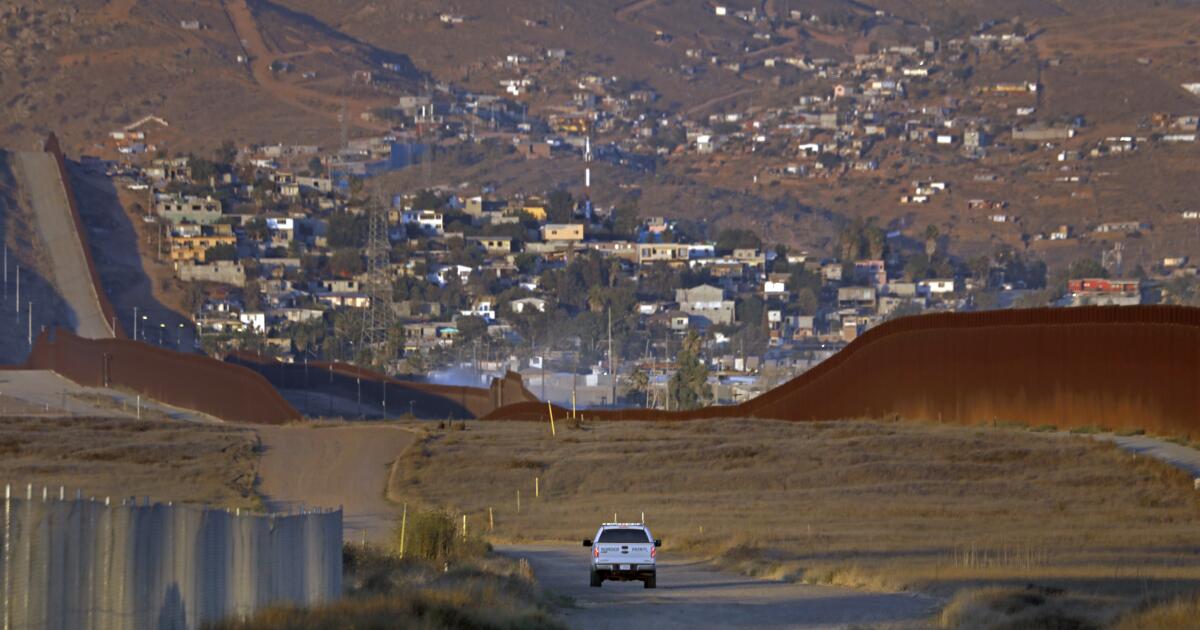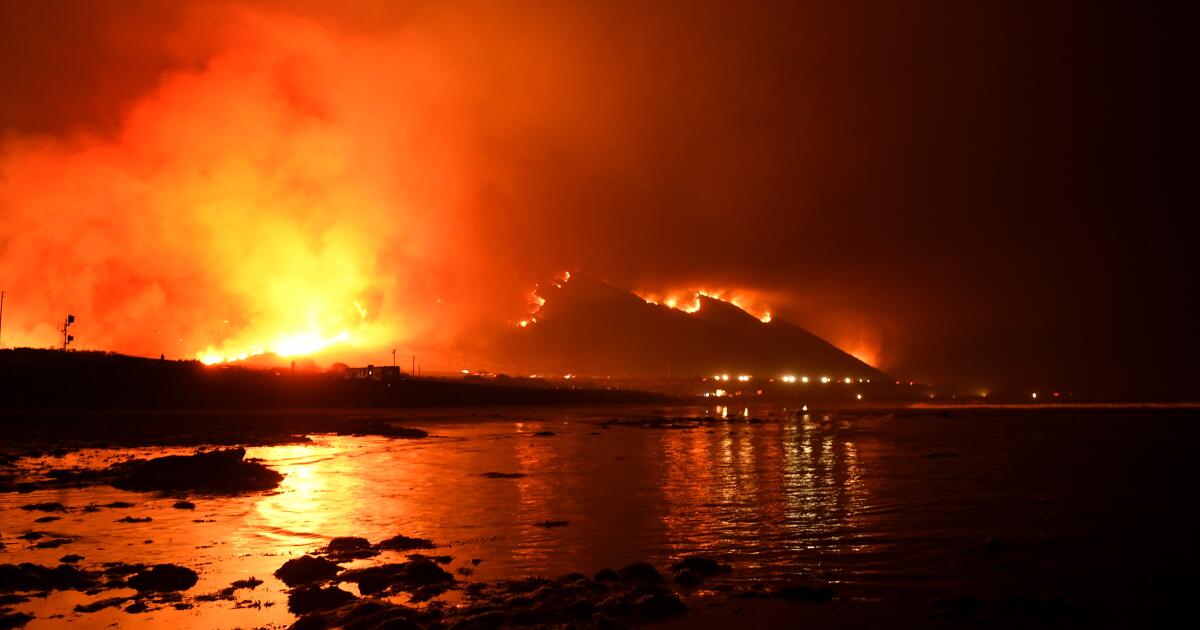Four years after unveiling an ambitious plan to conserve 30 percent of California's coastal lands and waters by 2030, state officials announced Monday that they are moving closer to that goal.
Since the start of the so-called 30×30 Initiative, California has added nearly 1.5 million acres (or roughly 2,350 square miles) of conserved lands, according to a progress report from Gov. Gavin Newsom and the California Natural Resources Agency.
In total, the report shows that California has already conserved 25.2 percent of its land and 16.2 percent of its coastal waters with just over five years to go until the deadline.
“In 2020, I signed an executive order to conserve 30 percent of California’s coastal lands and 30 percent of its coastal waters by 2030,” Newsom said in a statement. “And four years into this effort, we are on track to achieve this goal, with more than a quarter of our lands protected. We will not stop working to protect California’s unparalleled natural beauty for generations to come.”
Aggressive and shocking reports on climate change, the environment, health and science.
The stated goals of the 30×30 initiative go beyond conservation. The plan also seeks to help restore biodiversity, expand access to nature, and help mitigate and build resilience to climate change.
The initiative began to take shape in 2022, when officials released a detailed roadmap for the plan. The state added 631,000 acres between April of that year and May 2023, and has added an additional 861,000 acres since then, according to the report.
“It’s great that we’ve passed the 25 percent threshold, and we also have more work to do,” said Wade Crowfoot, California’s Secretary of Natural Resources. “We’re very excited about the progress, and we’re excited that there are so many entities that are partnering with us to go out and conserve places, whether it’s land trusts, tribes or local governments. We’re on the right track and it’s going to take us keeping up the momentum, but this year represents a big step forward.”
This year's increase in acreage includes areas that were recently conserved through the return of ancestral lands, land acquisitions, new conservation easements and other methods, the report says.
The increase also includes acres that were deemed to meet the 30×30 definition after previously lacking sufficient data to consider their level of biodiversity protection and management.
Among the biggest recent advances was the expansion of two national monuments—San Gabriel Mountains National Monument and Berryessa Snowy Mountains National Monument—that enhanced protection for about 120,000 acres of federal lands.
California also made progress toward the goal through its first-ever ancestral lands return initiative, which provided $100 million in grant funding for the return of approximately 38,950 acres to indigenous communities. Among the recipients was the Hoopa Valley Tribe, which received funding to help reclaim about 10,300 acres of its lands in the Klamath River Basin that were previously being managed by a timber trust.
The grants were “an acknowledgement of past sins, a promise of accountability and a commitment to a better future,” Newsom said in a statement at the time.
Additionally, the state’s effort to transform more than half of its 100 million acres into multi-benefit landscapes that can absorb carbon and combat climate change will help meet the 30×30 goal, officials said. Those goals, known as nature-based solutions, include millions of acres that will be managed to reduce wildfire risk, protect water supplies and enhance biodiversity, among other outcomes.
California’s plan helped pave the way for similar efforts nationwide, with states including Nevada, South Carolina, Hawaii, Maine and New York now working toward their own 30×30 goals.
But California has created the world's strongest definition for protected areas smaller than 30×30, Crowfoot said, which includes lands and waters that are protected in perpetuity and primarily for ecological benefit.
“I’m really proud that California has not only laid out what we consider to be the most robust definition of 30×30, but also the most detailed roadmap to actually achieve it,” he said.[The lands] “They may have other benefits such as public access, but they should be protected primarily for their environmental benefits.”
In 2021, President Biden also introduced a national version of the 30×30 plan, known as the America the Beautiful Initiative, which has already enabled the conservation of more than 41 million acres, according to the White House.
But California’s program also faces constraints due to the state’s budget tightening, which included some cuts to the program this year as Newsom worked to close a $45 billion deficit. The budget kept $1.3 billion of the $1.6 billion previously allocated for the 30×30 program.
Crowfoot said $1.3 billion still represents a significant investment in conservation, and the program is also getting a boost from federal funding through the Inflation Reduction Act, as well as growing philanthropic interest, particularly in ancestral lands return efforts.
And while the initiative is nearing its goal, the state still needs to conserve an additional 4.8 million acres of land and 500,000 acres of coastal waters to meet its commitment, the report says.
Crowfoot said there are several plans and projects underway that could help accomplish that. Among them is a proposal to designate Chuckwalla National Monument in the eastern Coachella Valley, which would encompass nearly 650,000 acres, including an expansion of Joshua Tree National Park by more than 17,000 acres.
And while profits have so far been harder to come by in coastal waters, a proposed Chumash National Marine Sanctuary off California's Central Coast could potentially boost profits by 30×30 if its management plans are found to match program requirements.
“I'm confident we can do it,” Crowfoot said of the 2030 goal, “but it's going to depend on us continuing to build this movement. It's a global movement that we're leading in California.”












